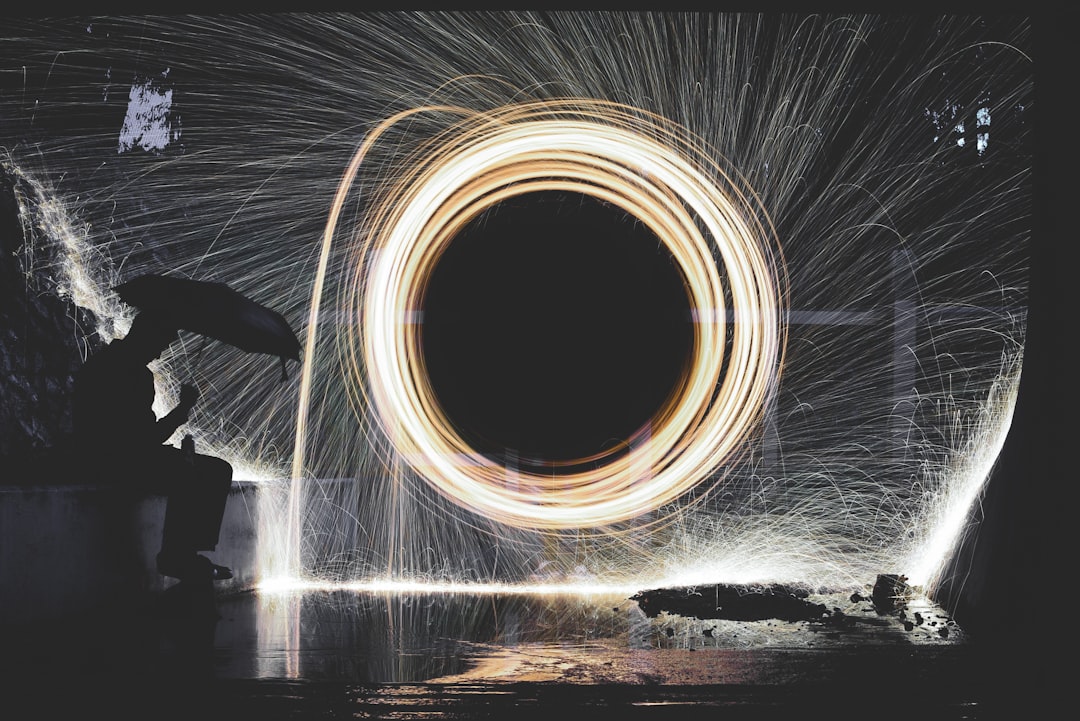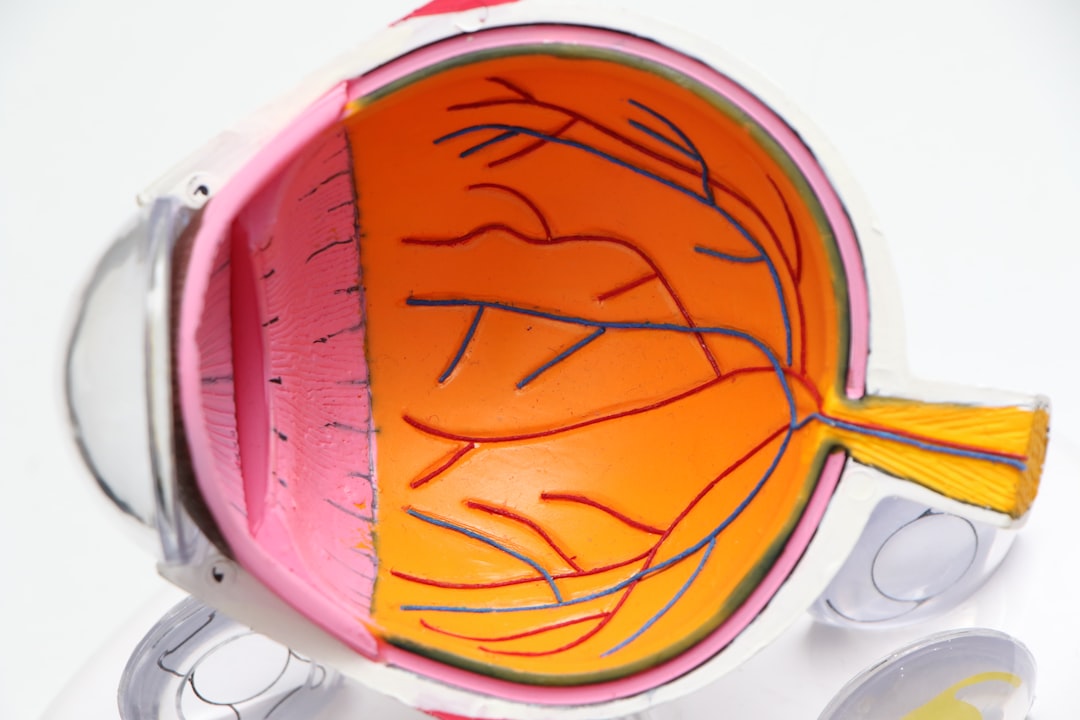What is it about?
The airway mucus plays a crucial role in blocking the invasion of harmful substances from outside and expelling them from the respiratory system, thereby forming an important protective barrier for the human airways and lungs. This protective function relies on the appropriate rheological properties of airway mucus under normal physiological conditions. Diseases characterized by high secretion of airway mucus, such as asthma, often accompany abnormal rheological behavior of airway mucus, leading to impaired mucus clearance and obstruction of the airways, which can even pose life-threatening risks.
Featured Image

Photo by Robina Weermeijer on Unsplash
Why is it important?
Despite the significant role of mucus clearance in airway health, the rheological properties of airway mucus have not been thoroughly studied to date, mainly due to its complexity and limitations in native mucus availability.Therefore, through rheological assessment and modeling analysis, coupled with characterization of microscopic properties, not only can a deeper understanding of airway mucus rheology in both healthy and pathological states and its crucial impact on mucus clearance function be achieved, but also new avenues for exploring novel clinical diagnostic and therapeutic approaches for related respiratory diseases can be opened up.
Perspectives
Asthma and normal mucus exhibit significant differences in their macroscopic rheological behaviors, attributed to their distinct microstructures and the complex interactions among various mucins. Consequently, it can be concluded that during the pathological progression of lung diseases such as asthma, alterations in airway mucus composition and microstructure lead to pronounced changes in its rheological behavior.
Dr Zhiwei Liu
Wenzhou Institute, University of Chinese Academy of Sciences
Read the Original
This page is a summary of: Highly distinctive linear and nonlinear rheological behaviors of mucin-based protein solutions as simulated normal and asthmatic human airway mucus, Physics of Fluids, April 2024, American Institute of Physics,
DOI: 10.1063/5.0202508.
You can read the full text:
Contributors
The following have contributed to this page










